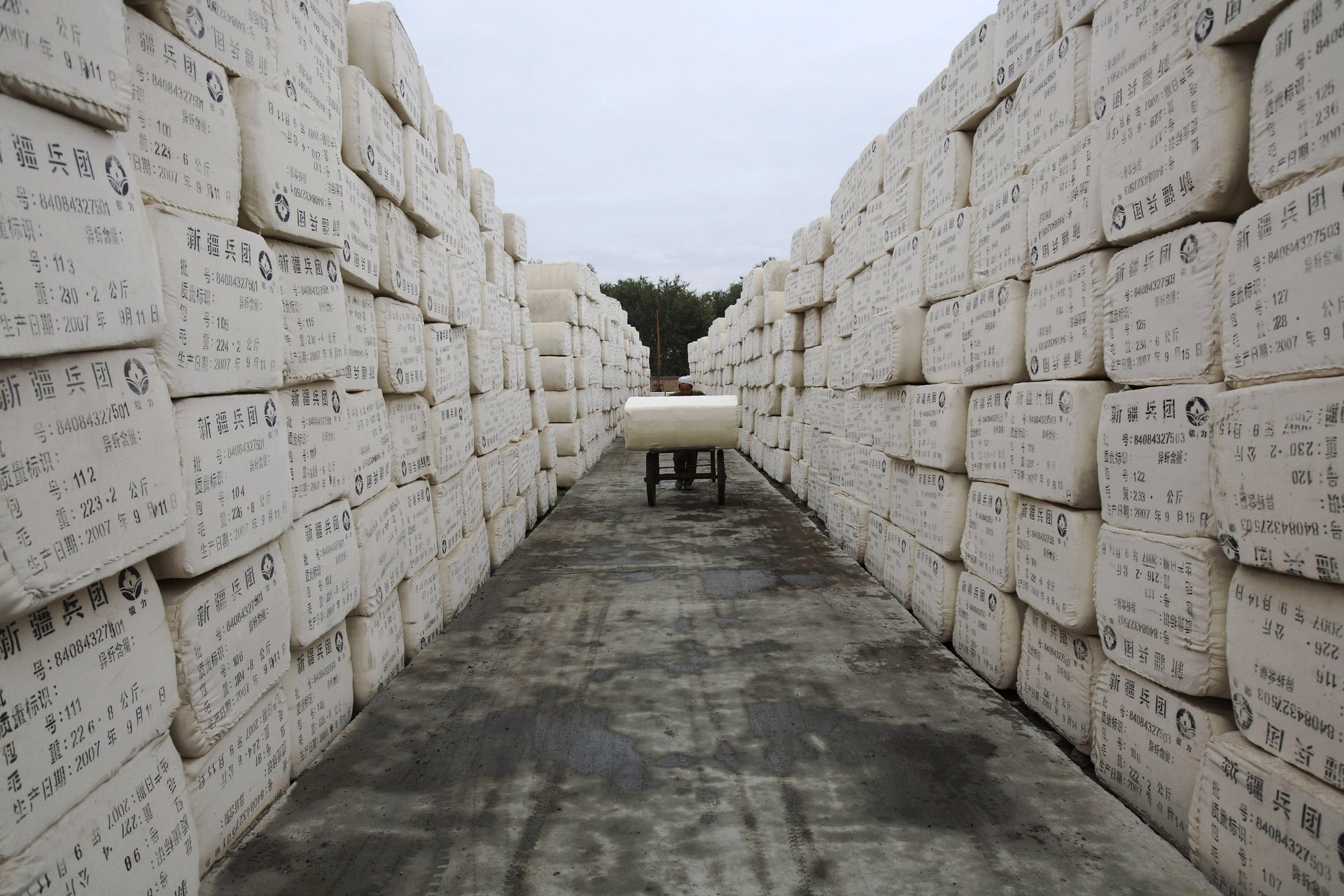US enforcement action on goods from Xinjiang begin to take effect
China's pattern of obscuring data has made it difficult to keep an accurate picture of its changing economy

Editor’s note: An earlier version of this story was based on a Nikkei article that reported, incorrectly, that China stopped releasing export data from Xinjiang. This article has been updated throughout with the correct information.
Suggested Reading
On Monday (Dec. 19) Nikkei Asia, a Tokyo-based news outlet, reported that export data was not included in the monthly economic report for Xinjiang, the region where China is accused of using forced labor in the fields and factories, and in the wake of a US ban on Xinjiang exports that went into effect in June. While the data did not appear in the local Xinjiang government website, according to Nikkei Asia, it was still available on China’s national customs portal.
Related Content
The US’s Uyghur Forced Labor Prevention Act (UFLPA) assumes that all products made in Xinjiang uses forced labor and says they cannot be brought into the US unless the company importing the goods can prove otherwise. The ban also applies to goods produced elsewhere in China using products sourced from Xinjiang, like cotton.
When the ban took effect, China responded angrily, denying the use of forced labor and accusing the US of attacking its economy as well as its “dignity.”
Information from Xinjiang can be difficult to interpret. Researchers have noted that corporate reports, websites and other sources often disappear, and there have been mistakes in aggregated data.
US ramps up border enforcement
An August 2022 report by the UN says abuses by Chinese authorities against the Uyghur minority in Xinjiang could amount to crimes against humanity.
The US ban on products from the region, along with an EU version proposed in September, has the potential to transform trade from Xinjiang and beyond—and reshape how China produces its goods.
The US Customs and Border Patrol has begun enforcing the ban on a narrow set of high priority products, including cotton, tomatoes, and polysilicon, used to make solar panels.
China’s data is disappearing as its economic indicators worsen
During China’s economic boom years, the government published some 80,000 time series creating a highly detailed picture in data of the country’s decades-long economic miracle.
In recent hard times, China has developed a pattern of hiding data to obscure bad news. According to the Wall Street Journal, in October, China’s customs agency did not release monthly trade data. A few days later, China canceled the release its quarterly GDP, though analysis of available indicators suggested a number as little as half the government’s target.
